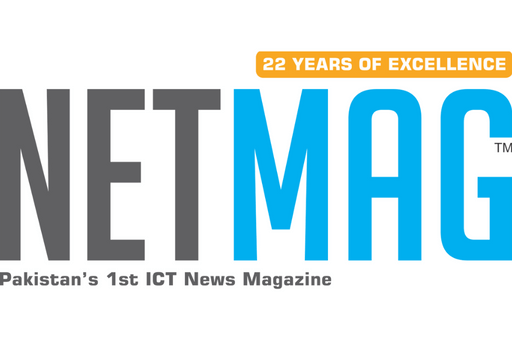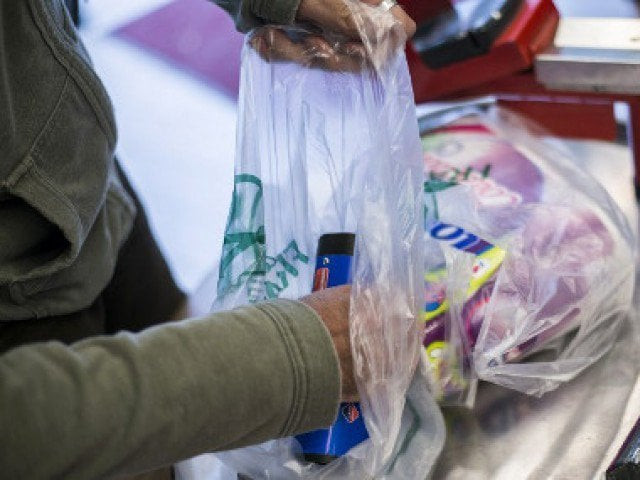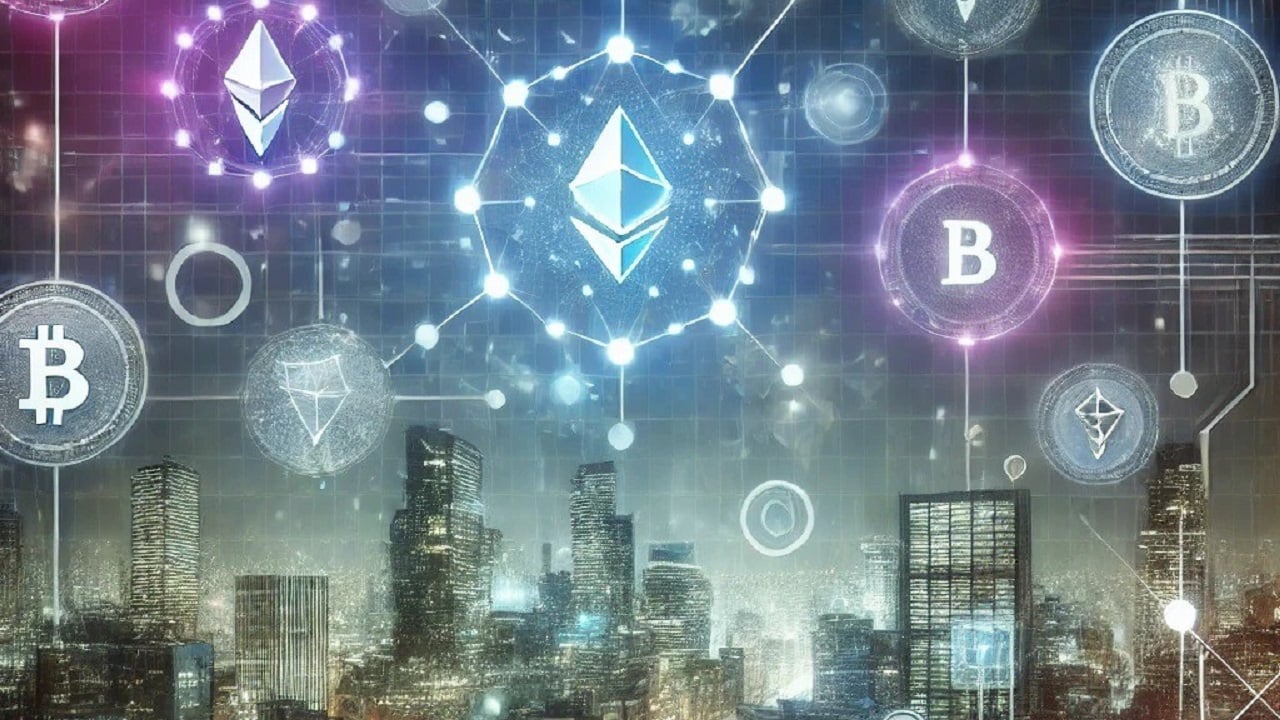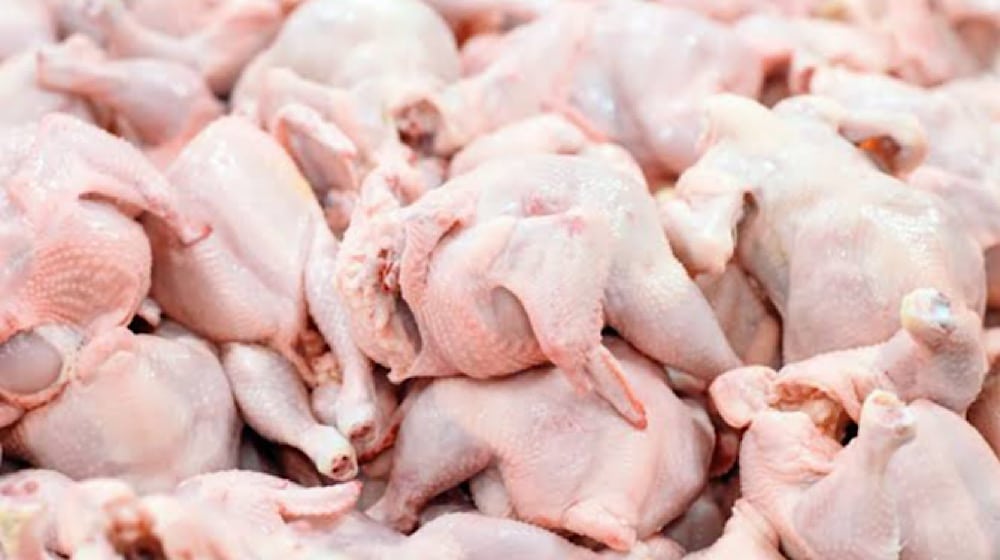Ceasefire Fails to Ease Exporters’ Struggles
Nearly two weeks after a fragile ceasefire was brokered between Pakistan and India, the Pakistani business community—particularly exporters—remains engulfed in uncertainty and anxiety. With no confirmed timeline for peace talks between the two nuclear-armed nations, fears of renewed hostilities persist.
“War-like situations are devastating for countries like Pakistan,” said Ijaz Khokhar, a textile exporter from Sialkot. “Uncertainty is our biggest enemy. Export shipments are stuck, buyers are panicking, and each day without clarity costs us millions.”
The recent ceasefire, which followed four days of intense border skirmishes, has failed to provide any meaningful relief to exporters already battered by previous challenges, including residual effects of U.S. tariffs imposed during the Trump administration.
Initially, international buyers canceled orders when tariffs were enforced, only to return briefly after a 90-day suspension. Now, many are demanding that Pakistani exporters absorb part of the tariff costs.
“Our margins are already razor-thin,” Khokhar said. “We can’t absorb more and still stay afloat.”
READ MORE:
Saudi Arabia Deploys Drones and AI to Enforce Hajj Security and Improve Pilgrim Experience
Adding to exporters’ woes, a protest by Sindhi nationalists over water disputes recently blocked the Indus Highway, paralyzing logistics and stranding trucks loaded with export goods for days. With the U.S. tariff reprieve nearing its end, the delays could cost exporters their international clients permanently.
Meanwhile, misinformation during the recent border conflict created further disruption. Fake news reports from Indian media falsely claimed that Karachi Port had been destroyed, triggering panic among foreign clients.
“Buyers froze new orders overnight,” said Karachi-based exporter Nazir Saeed. “They feared supply chain disruption. Regaining their confidence will take months, maybe years.”
While U.S. President Donald Trump has shown interest in enhancing trade with Pakistan, many exporters remain skeptical.
“Trade growth depends on private sector partnerships, not political statements,” Saeed said. “Unless Pakistan invests in value-added exports like advanced textiles or tech products, promises won’t yield results.”
The overall economic picture remains grim. Despite a temporary image boost for the military, Pakistan’s economy continues to falter. The IMF forecasts GDP growth of just 2.6% in 2025—far below the 5% needed to manage rising unemployment.
A recent $3 billion IMF bailout has offered temporary stability but came with stringent conditions, including tax increases, cuts in energy subsidies, and currency devaluation.
“The rupee stabilized briefly, but inflation is still at 28%,” noted economist Ayesha Malik. “Businesses are struggling with high input costs and low consumer demand. Without structural reforms, recovery is a distant dream.”
Exporters are especially vulnerable. Textiles make up 60% of Pakistan’s exports, yet competition from Bangladesh and Vietnam continues to intensify.
“Buyers want innovation and sustainability,” said business analyst Farhan Ahmed. “But most Pakistani firms lack the financing and tech to upgrade. Meanwhile, competitors offer cheaper labor and better export incentives.”
Ahmed warns that Pakistan’s reliance on raw cotton and leather exports is outdated. “The global market has shifted toward value-added goods. If we don’t evolve, our market share in the U.S. and Europe will keep declining.”
Despite the bleak environment, some experts see a glimmer of hope. The ceasefire—though delicate—could pave the way for diplomacy.
“If peace talks resume, they could open up regional trade routes, especially with India,” Malik added. “A functioning Pakistan-India trade corridor could lower export costs and increase volume.”
But with elections looming in India and political instability in Pakistan, immediate progress is unlikely. For now, exporters must continue navigating economic turbulence and geopolitical risk.
“We are exhausted—by crises, tariffs, wars, and protests,” Saeed concluded. “Peace is important, but it won’t fix our economy unless we innovate. Global buyers demand value—not excuses. Without upgrading, we’ll keep falling behind.”



